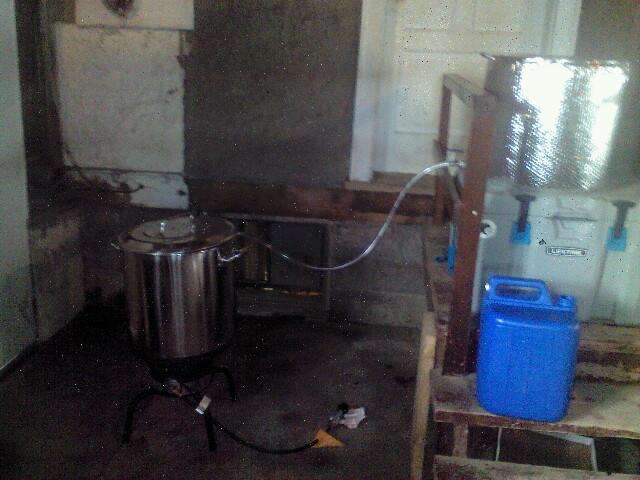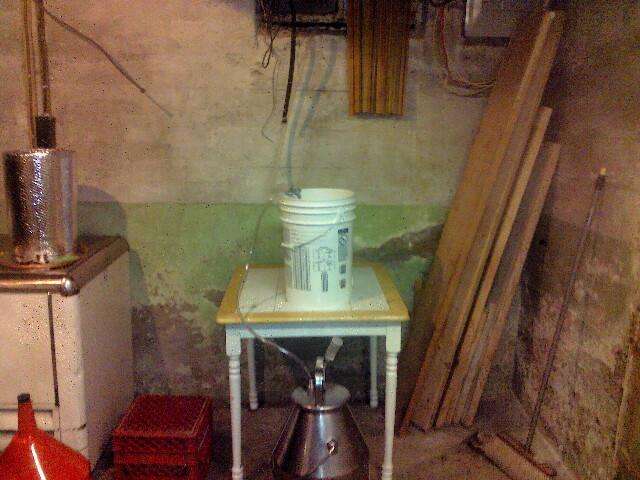Got down to 98 degrees gravity feeding it. Ice bathed the fermentor to get pitch temp. Next time I'll just put the chiller in the kettle. Was worth a shot anyway.
So, after our conversation about circulating wort through the ice water instead of ice water through the wort, I realized I had not recorded the results of a typical cycle.
I just finished a brew session yesterday & recorded the time/temp for my hypothesis.
I started my time/temp record after a 15 minute steep @ 195 deg. I used City Water for the 1st 30 minutes @ 65 deg, I recorded temps at 5 min intervals. I got 82 deg drop in 30 min without changing the water.
I dumped the warm City Water & refreshed with Ice Water. My start temp was 110 & after 60 min the temp was down to 64, pitching temp.
All in all, 131 deg temp drop in 90 minutes & Whirlpooled at the same time. Since I haven't run the water through the Wort in a long time, I don't have a baseline. I don't know how Wort circulation through Ice Water compares to Ice Water circulation through Wort.
So, I'm looking for a comparable set of time/temp records. Immersion Coil &/or Counter Flow from 195 to 64 deg with water through Wort.
City Water showed unexpected temp reduction per minute.
1 other thing, I was able to redirect the return hose into the Fermenter instead of hoisting the cooled Kettle to 4 ft high so I could drain it by Gravity into the Fermenter. A big plus for me.
What started this idea in the 1st place was the Coil gets in the way of the Whirlpool.
Further, cleaning & sanitizing the Hoses, Coil & Pump by putting PBW in the Kettle & heating it with the Burner. Followed by Star San. Also called Clean In Place, CIP in food processing.
Thanks for any input on an interesting question.











